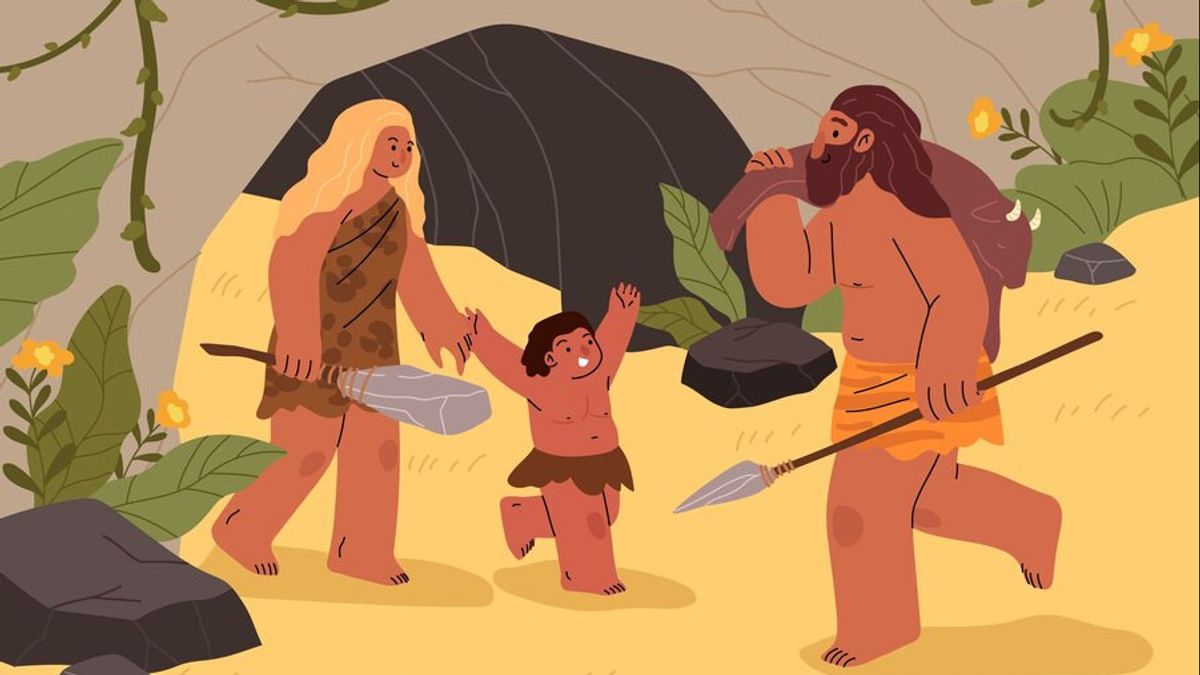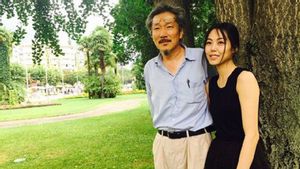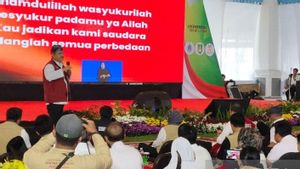YOGYKARTA - The praaksara era is an interesting period for archaeologists and anthropologists. Interestingly, the praaksara community, from life and lifestyle, has a history of human civilization that has an effect on modern life.
Through in-depth studies of artifacts, ancient sites, and ancient human remains, experts are trying to reconstruct the lives of the preaksara society. This article will discuss various findings about the lives and lifestyles of the preaksara community.
Reporting from the History page, the origin of the earth can be traced up to 4.5 billion years ago, but human evolution is only a small part of its history. The Prehistoric Period started roughly from 2.5 million years ago to 1,200 BC.
prehistoric periods are generally divided into three archaeological periods: the Stone Age, Bronze Age, and Iron Age. The Stone Age itself is divided into three main periods, namely Paleolitium, Mesolitium, and Neolithic.
In the stone age, it was known for the development of the use of tools by human ancestors and the gradual change of hunting culture and gathering into farming and producing food.
During this period, the early humans lived side by side with some of the now extinct hominin relatives, here's the explanation:
In the Paleolitium period, humans lived in simple caves or huts and lived life as hunter-gatherer. They take advantage of basic tools made of stone and bones, such as rough stone axes for hunting wild animals.
Before continuing, read also the article that discussed: Researchers Call the Atlantic Violation Viking 1,000 Years Ago, 471 Years Before Columbus' First Shipping
Today's human foods include hairy mamuts, deer, and bison, all of which have been cooked using fire. In addition to hunting, they also fish and collect berries, fruits, and nuts.
In addition, humans in the Paleolitium period were the first to create art. They use a combination of minerals, ocher, bone flour (burned), and charcoal to make human carvings, animals, and symbols.
Humans nowadays have also produced small statues made of rock, clay, bones, and horns. The end of this period marked the end of the Last Ice Age, which led to the extinction of many large mammals.
In addition, rising sea levels and climate change also encourage humans to migrate.
Then during the Mesolitium period, humans started using smaller stone tools and dipoles. These tools are equipped with accessories mounted on horns, bones, or wood for use as spears and arrows.
During this time, people tended to live nomadically by setting up camps near rivers and other water sources. Agriculture has also begun to be introduced, which then encourages the formation of more permanent settlements in villages.
SEE ALSO:
During the Neolithic period, ancient humans had moved from life as hunter-gatherer to agriculture and food production. They began to tame animals and plant seeds.
The use of more sophisticated tools, such as polished hand axes and adzes to hijack and process soil, has become more common today.
In addition, humans have started to settle in the lowlands, and progress has also been achieved not only in the manufacture of tools but also in agriculture, house construction, as well as art such as pottery, sewing, and weaving.
Apart from knowing the praaksara community, from life and lifestyle, follow other interesting articles too. Want to know other interesting information? Don't miss it, keep an eye on the updated news from VOI and follow all the social media accounts!
The English, Chinese, Japanese, Arabic, and French versions are automatically generated by the AI. So there may still be inaccuracies in translating, please always see Indonesian as our main language. (system supported by DigitalSiber.id)

















